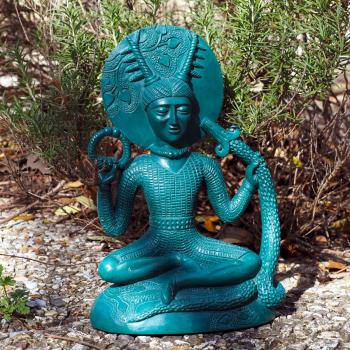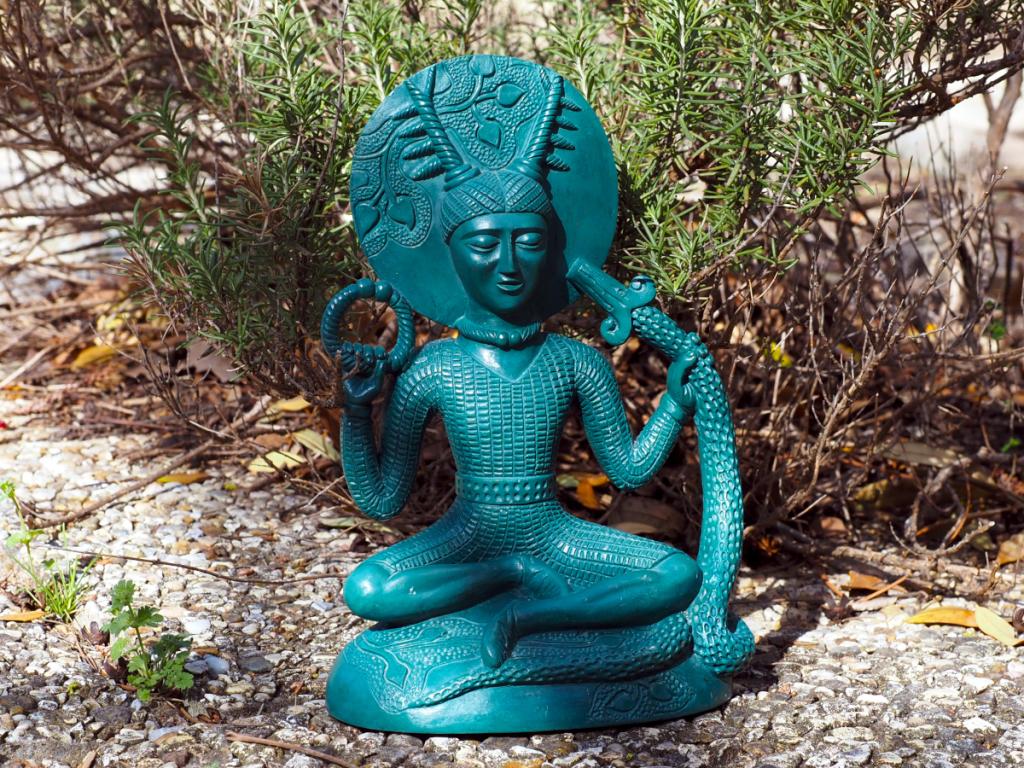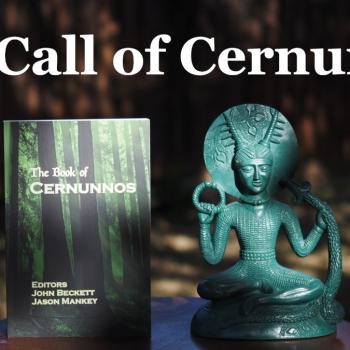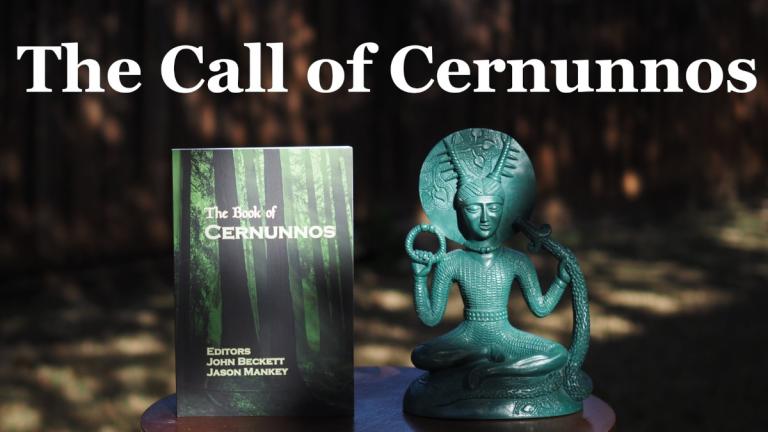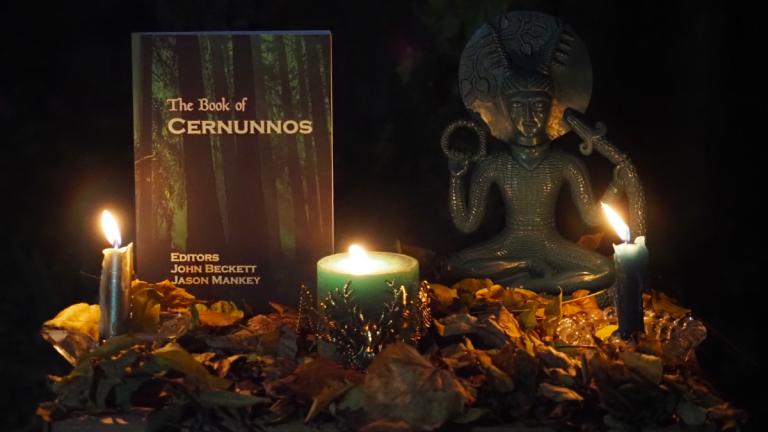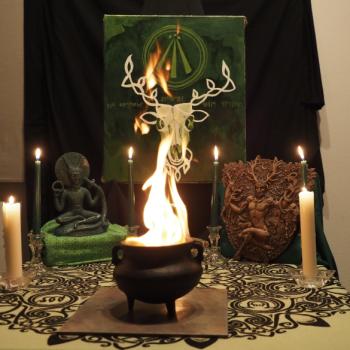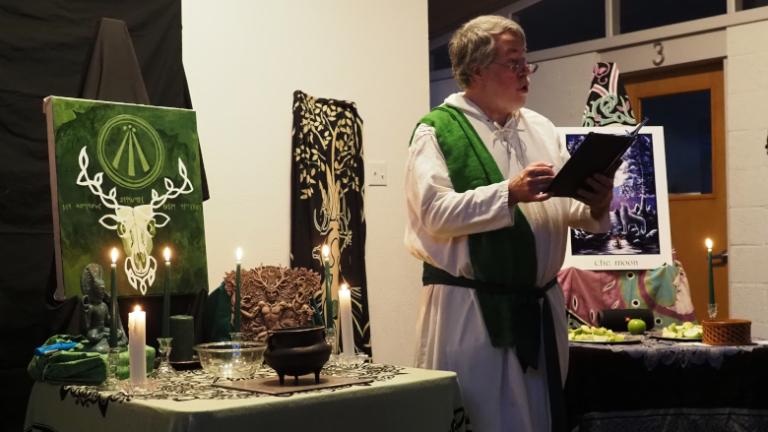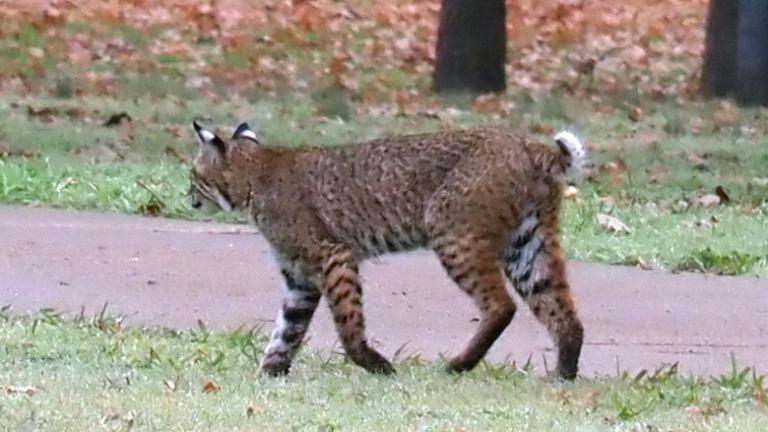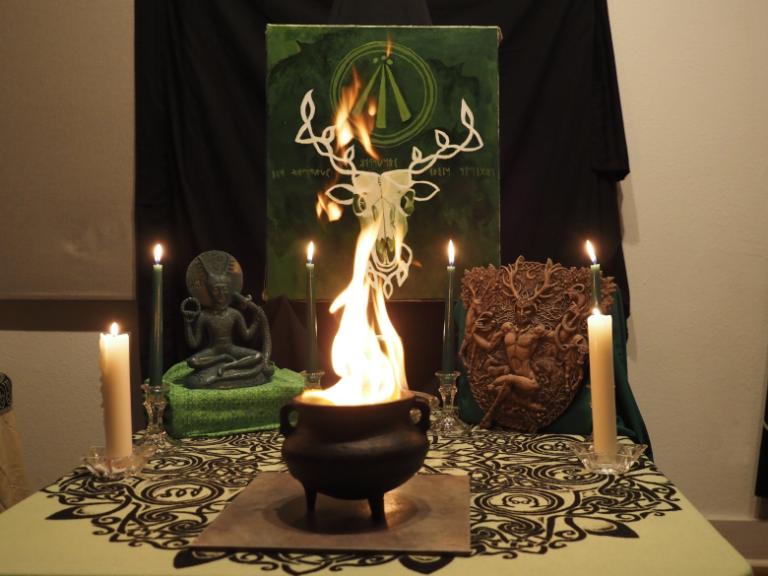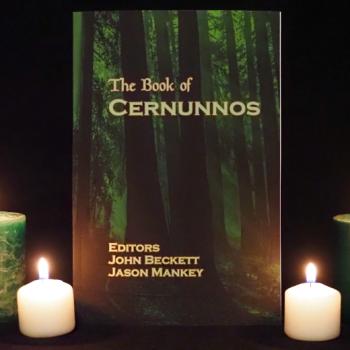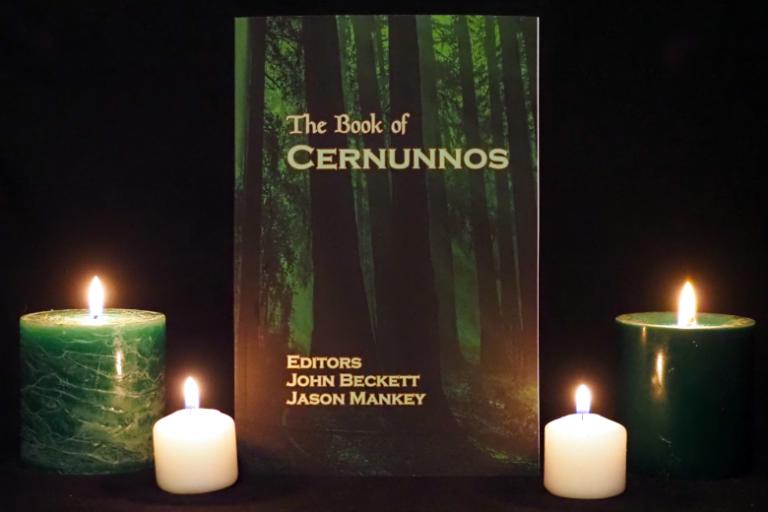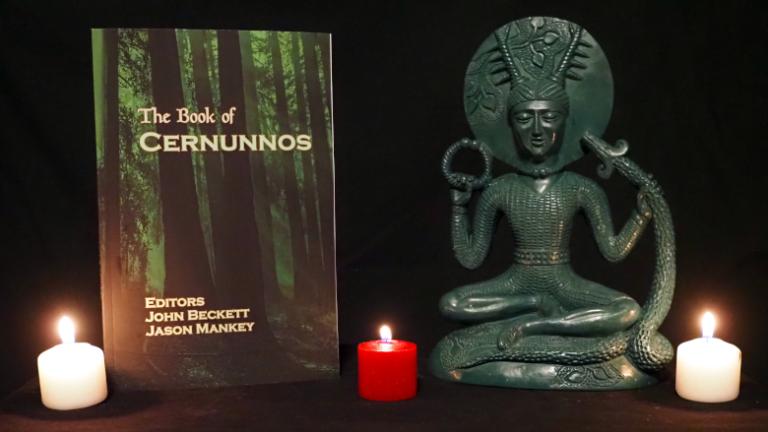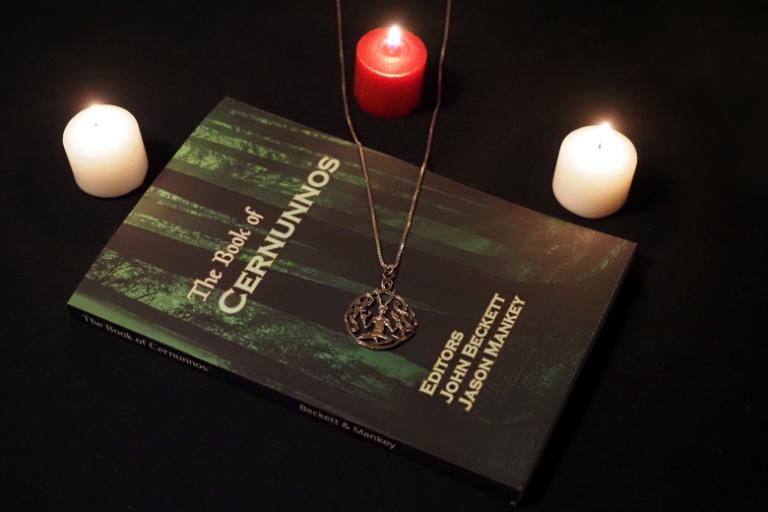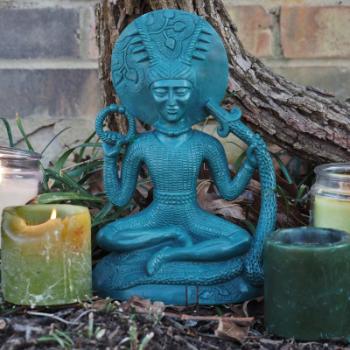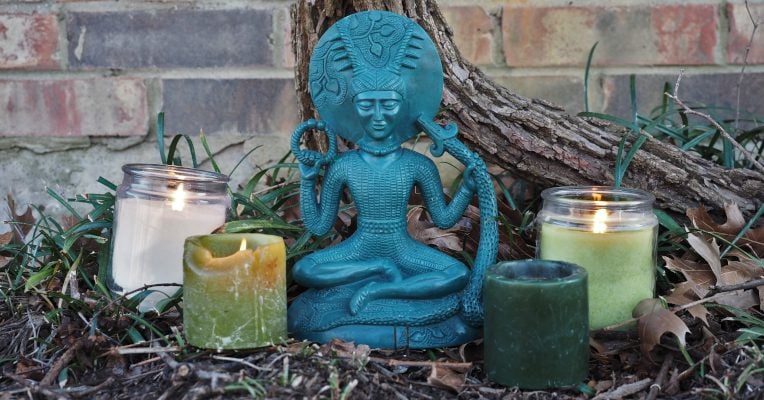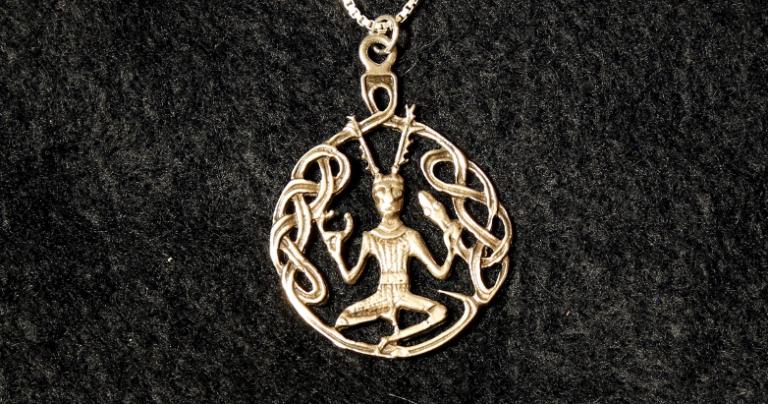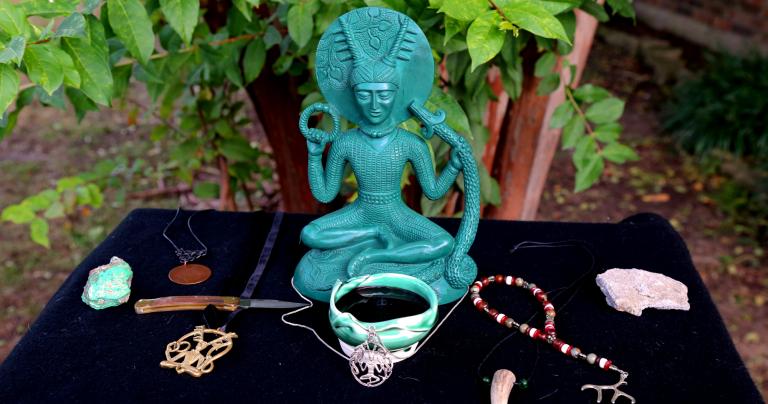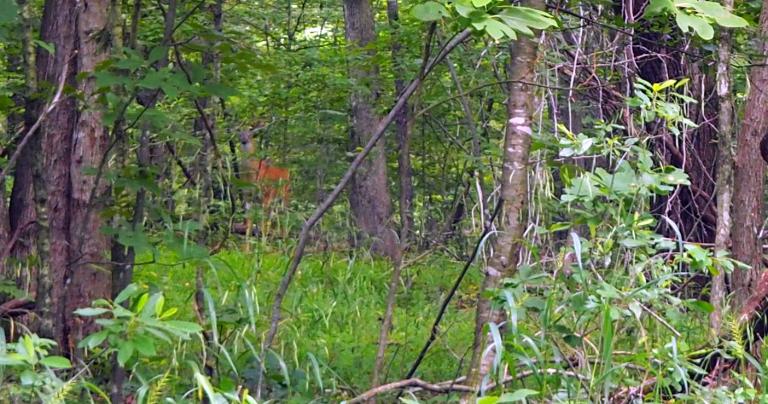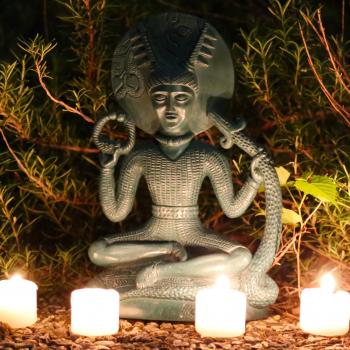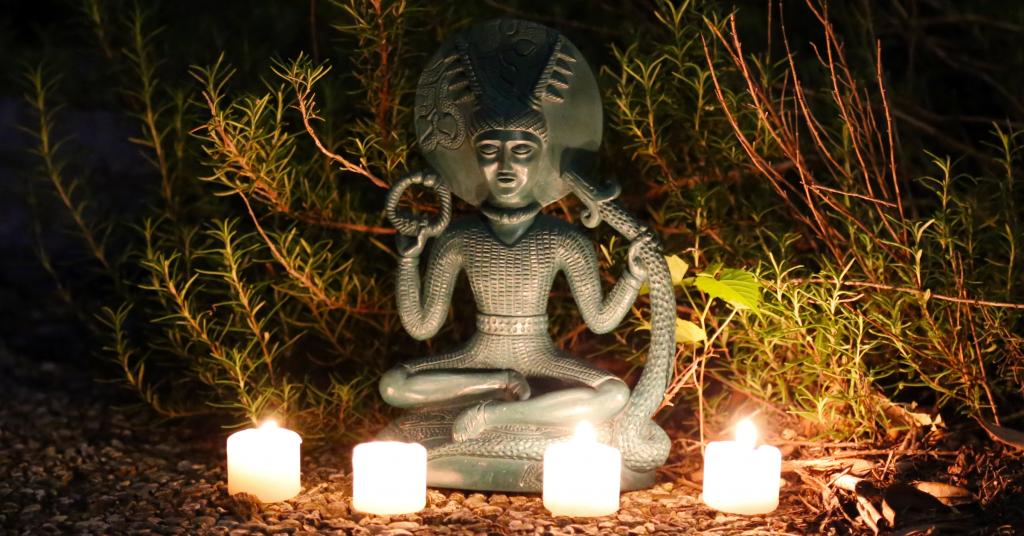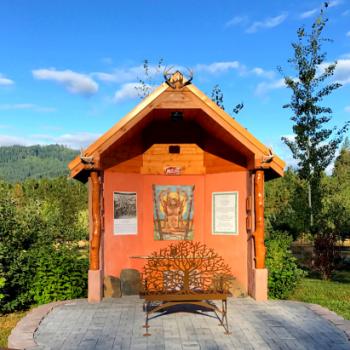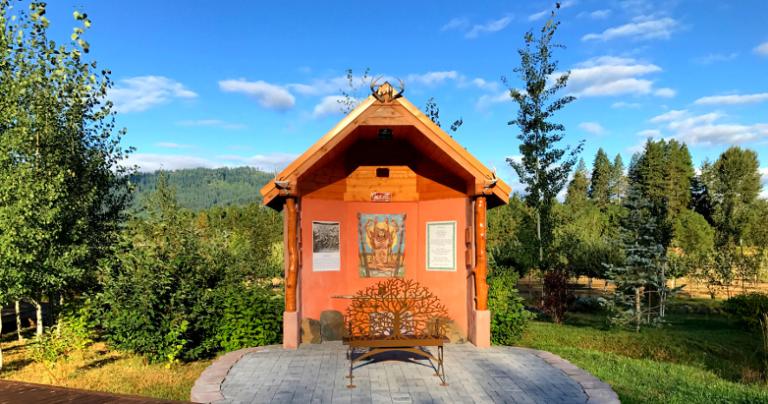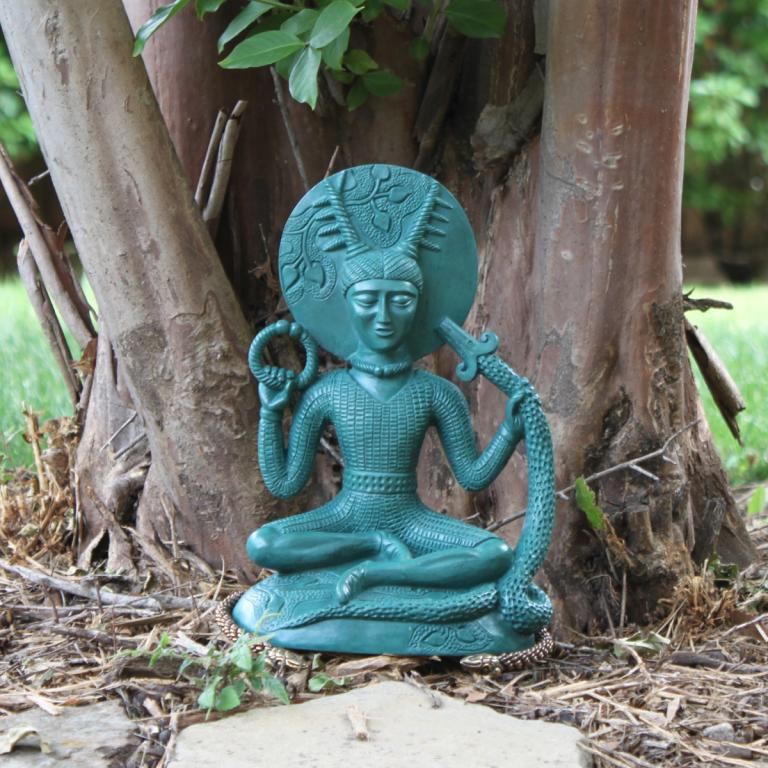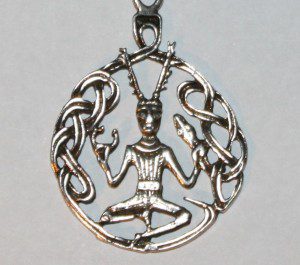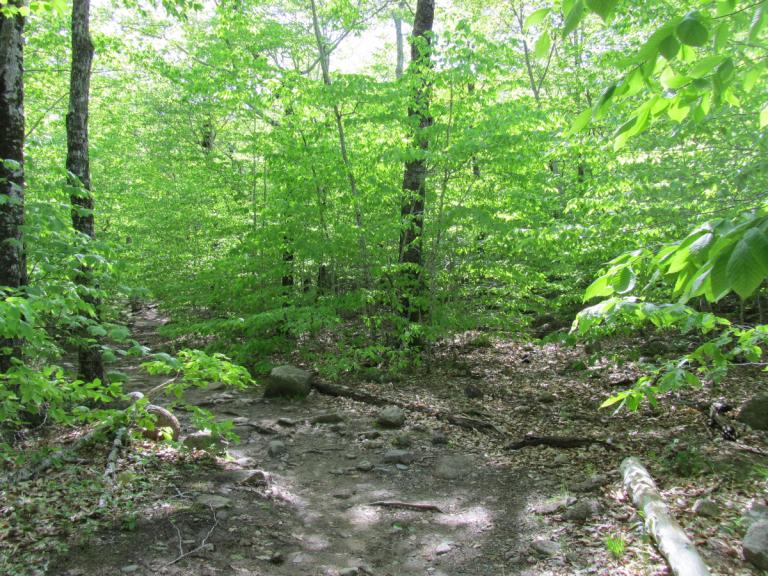Today, March 23, is the Feast of Cernunnos. I hope you’ll join me in celebrating the Lord of the Animals, the Lord of the Hunt, and the God of the Wild.
Let me be very clear about this: if Cernunnos ever had a feast day – a holy day – in ancient times, that day is lost to us. March 23 as the Feast of Cernunnos is not ancient lore and it’s not someone’s UPG or divination about what date it was celebrated in ancient Gaul or anywhere else. It’s a modern invention – a very recent modern invention. And that’s fine.
The origins of the Feast of Cernunnos
Some years ago, I was part of a polytheist religious order – a group that unfortunately is no longer in existence. We had several patron deities, and we thought each of them should have their own feast day, a day when we would honor them and reaffirm our relationships with them.
Some of those days are attested in lore, such as February 1 for Brighid. The Morrigan has no holy day from ancient times, but she’s most closely associated with Samhain. But Samhain is always a busy day and we thought the Great Queen should have a day all her own, so we chose November 1 for her.
Given Cernunnos’ association with antlered animals and with hunting, our first thought was to make his day the opening day of deer season. But that varies from place to place, and it’s in the late Fall when there’s a lot of other things going on – like Samhain. We thought about Beltane, and then decided that the Spring Equinox would be better. But as with the Morrigan and Samhain, we wanted to make sure Cernunnos had a day that was entirely his.
The latest the Spring Equinox can occur is March 21. So the first day that is always in the season of Spring is March 22, and we decided to go one more and chose March 23.
After the closing of our order, some of us decided to continue keeping the feast days. March 23 has been celebrated as the Feast of Cernunnos every year since 2018, and I am celebrating it again this year.
I hope you’ll join me.
Who is Cernunnos?
Who is Cernunnos? For some, he is the Horned God of Wicca. For others, he is the Lord of the Animals and the Lord of the Hunt. Still others see him as a God of Liminality and of the Underworld.
Yet for all our ideas about him and experiences of him, we know very little about Cernunnos from history. His name is recorded only once, on the Pillar of the Boatman, a Latin and Gaulish sculpture near Paris that dates to the early first century CE. Many of us believe it is Cernunnos who is depicted on the Gundestrup Cauldron, but we have no way to know for sure.
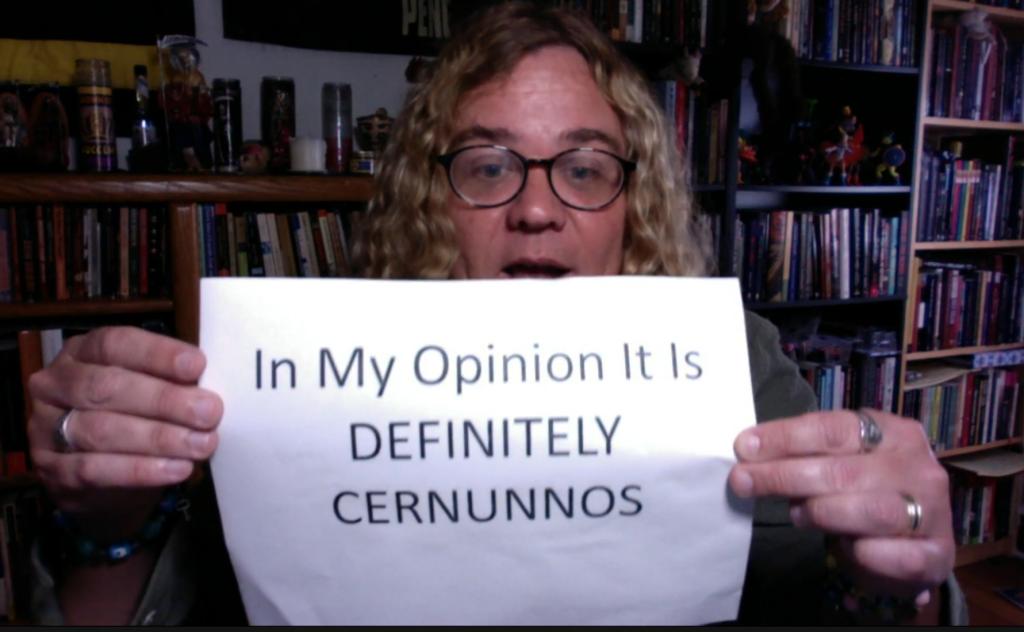
This lack of history and lore has done nothing to keep Cernunnos from becoming one of the most popular deities in modern Paganism.
The Book of Cernunnos
In 2019, Jason Mankey and I decided that since numerous deities had devotional anthologies dedicated to them, Cernunnos should have one too. It took us far longer than we expected, but in 2023 The Book of Cernunnos was released. It’s the work of 32 contributors: writers, artists, poets, and ritualists.
We’re Pagans – while there are some writings some of us consider sacred, none of them are scripture. Rather, this is what we know of Cernunnos from ancient times and from our time. It’s how some of us have experienced him and understand him. It’s poems and rituals in his honor.
If you’re wondering how to celebrate the Feast of Cernunnos, you could do worse than to read one or two entries and then meditate on them.
Celebrating Cernunnos
As with most deities, the main way to honor and celebrate Cernunnos is with offerings. Many people – myself included – prefer to offer wine or whiskey, but the choice of offerings is up to you – whatever is meaningful to you and seems appropriate for the occasion.
Clean water is always an acceptable offering.
After you complete the offerings, stand or sit in meditation for a short while – however long seems appropriate to you. Listen. Listen with your physical ears – what do you hear in the natural world? Listen with your other ears – what do you hear coming from the world of spirit?
If he speaks to you, acknowledge what he says, and then decide how best to respond. If he doesn’t, simply give thanks for his presence and blessings in your life.
You may prefer a more this-world oriented celebration. Take a walk in the woods – a truly wild place if one is available to you. If not, find a local park. We have some very good greenbelt parks here in North Texas. Or just go outside in your back yard. Dig in the dirt, hug a tree, watch the squirrels. Remember that you’re a part of Nature and you’re connected to every other living thing – every person – in this world.
Forming and maintaining connections
We are Pagans, and in troubled times like these we take refuge in Nature. Not just the Wheel of the Year and the agricultural cycle – as important as those things are – but also in the wild. The Feast of Cernunnos is a time to reaffirm your connection to the wild.
Unlike what some people pretend, the wild is not the lone wolf. The wild is the pack, the herd, the tribe. The Feast of Cernunnos is a time to gather with your family, your friends, your fellow Pagans. Have a literal feast, with food and drink and music and conversation. Take refuge in each other.
Enjoy the Feast of Cernunnos!
Some of our Pagan gathering are serious. Some of our worship is reverent. While we always want to show due respect to the Gods, this is not a somber occasion. In the words of “The Charge of the Goddess” “sing, feast, dance, make music and love, all in my presence.” Those are good goals, good guidelines for the Feast of Cernunnos.
And finally, to anyone who may be skeptical about a new holy day for such an old God, if we had a date from antiquity, we’d use it. But we don’t. At this point, finding the “right” date is far less important than picking a date and then celebrating it, year after year.
March 23 is a good date, and this will be the eighth year it’s been observed.
I’ve dropped this on you with very little notice. Obviously you aren’t going to be able to organize any elaborate gatherings this year. That’s fine – it’s good to start small. Make your first celebration of the Feast of Cernunnos a solitary observation. And then put it on your calendar for next year, and for all the years to come.
Hail Cernunnos!


